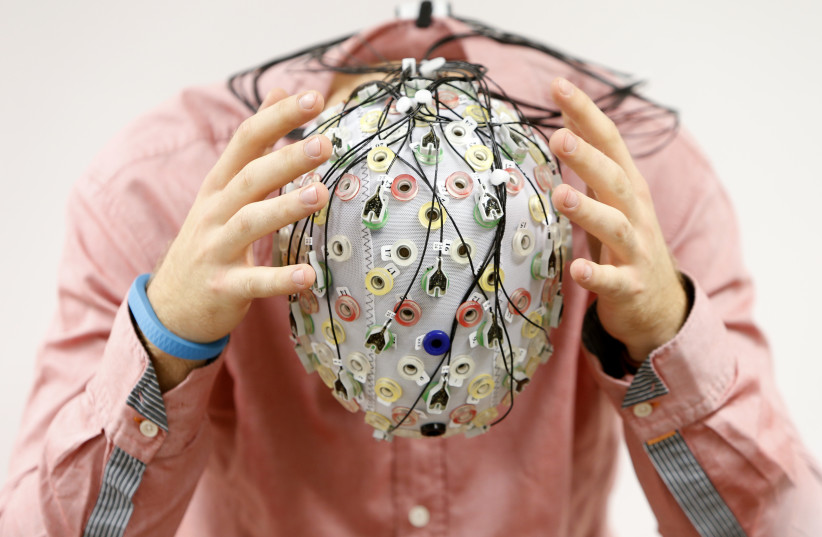Playing a video racing game using only your brain to carry out complex movements is no longer a fantasy but a real program that engineers at the University of Texas at Austin have created as part of their research into brain-computer interfaces to help improve the lives of people with motor disabilities. The team impressively included machine-learning capabilities along with their brain-computer interface (BCI), making it a one-size-fits-all solution.
One major obstacle to its widespread adoption is that these devices typically require extensive calibration for each user, whether healthy or disabled because each human brain is unique. However, with repetition, this new solution can quickly understand the person’s needs and self-calibrate. This means that multiple patients can use the device without any need to tune it to the individual, said Satyam Kumar, a graduate student in the lab of Prof. José del Millán in the electrical and computer engineering department.
“When we think about this in a clinical setting, this technology will make it so we won’t need a specialized team to do this calibration process, which is long and tedious,” Kumar said. “It will be much faster to move from patient to patient.”
The research on the calibration-free interface is published in the journal PNAS Nexus under the title “Transfer learning promotes acquisition of individual BCI skills.”
In the experiment, the subjects wear a cap packed with electrodes that is hooked up to a computer. The electrodes gather data by measuring electrical signals from the brain, and the decoder interprets that information and translates it into game action.

Revolutionizing brain-computer interfaces
Millán’s work on brain-computer interfaces helps users guide and strengthen their neural plasticity and improves the brain’s ability to change, grow, and reorganize over time. These experiments are designed to improve brain function for patients and use the devices controlled by brain-computer interfaces to make their lives easier.
In this case, the actions involved the car racing game and the simpler task of balancing the left and right sides of a digital bar. The project used 18 subjects with no motor impairments; eventually, as they continue down this road, the researchers will test people with motor impairments to apply it to larger groups in clinical settings.
An expert was trained to develop a “decoder” for the simpler bar task that makes it possible for the interface to translate brain waves into commands. The decoder serves as a base for the other users and is the key to avoiding the long calibration process. The decoder worked well enough for subjects to train simultaneously for the bar game and the more complicated car racing game, which requires thinking several steps ahead to make turns.
The researchers called this work revolutionary in that it sets the stage for further brain-computer interface innovation. “On the one hand, we want to translate the BCI to the clinical realm to help people with disabilities; on the other, we need to improve our technology to make it easier to use so that the impact for these people with disabilities is stronger,” Millán said.
The team is also working on a wheelchair that users can drive with the brain-computer interface. They also present another potential use of the technology – controlling two rehabilitation robots for the hand and arm. Several people volunteered and succeeded in operating the brain-controlled robots within minutes.
“The point of this technology is to help people, help them in their everyday lives,” Millán concluded. “We’ll continue down this path wherever it takes us in the pursuit of helping people.”
"interface" - Google News
April 03, 2024 at 07:52PM
https://ift.tt/r9gFvIz
New invention allows controlling your computer using your thoughts - The Jerusalem Post
"interface" - Google News
https://ift.tt/AngzfFI
https://ift.tt/5ZU6quz
Bagikan Berita Ini














0 Response to "New invention allows controlling your computer using your thoughts - The Jerusalem Post"
Post a Comment